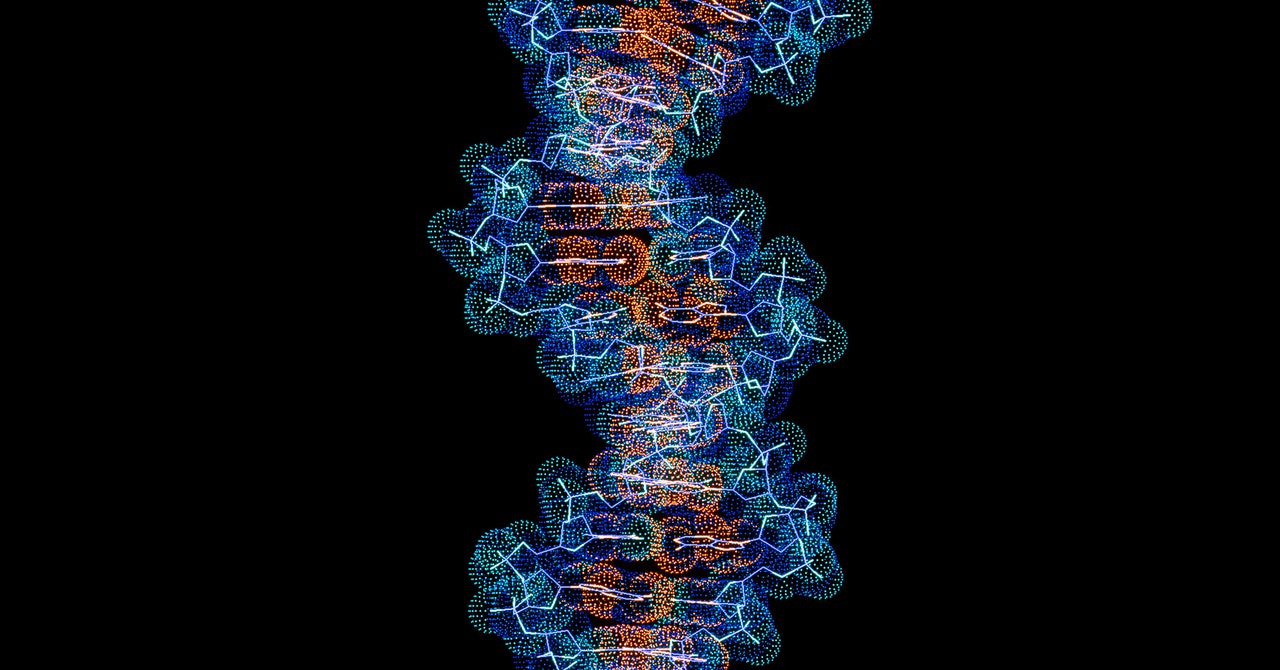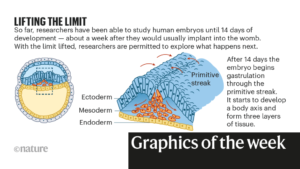To Learn More Quickly, Brain Cells Break Their DNA
Faced with a risk, the mind has to behave quick, its neurons making new connections to study what would possibly spell the distinction between life and loss of life. But in its response, the mind additionally raises the stakes: As an unsettling latest discovery exhibits, to precise studying and reminiscence genes extra rapidly, mind cells snap their DNA into items at many key factors, after which rebuild their fractured genome later.

Faced with a risk, the mind has to behave quick, its neurons making new connections to study what would possibly spell the distinction between life and loss of life. But in its response, the mind additionally raises the stakes: As an unsettling latest discovery exhibits, to precise studying and reminiscence genes extra rapidly, mind cells snap their DNA into items at many key factors, after which rebuild their fractured genome later.
The discovering doesn’t simply present insights into the character of the mind’s plasticity. It additionally demonstrates that DNA breakage could also be a routine and necessary a part of regular mobile processes—which has implications for the way scientists take into consideration growing older and illness, and the way they strategy genomic occasions they’ve sometimes written off as merely dangerous luck.
The discovery is all of the extra shocking as a result of DNA double-strand breaks, wherein each rails of the helical ladder get lower on the identical place alongside the genome, are a very harmful sort of genetic harm related to most cancers, neurodegeneration and growing older. It’s tougher for cells to restore double-strand breaks than other forms of DNA harm as a result of there isn’t an intact “template” left to information the reattachment of the strands.
Yet it’s additionally lengthy been acknowledged that DNA breakage typically performs a constructive function, too. When cells are dividing, double-strand breaks permit for the traditional strategy of genetic recombination between chromosomes. In the creating immune system, they permit items of DNA to recombine and generate a various repertoire of antibodies. Double-strand breaks have additionally been implicated in neuronal development and in serving to turn certain genes on. Still, these features have appeared like exceptions to the rule that double-strand breaks are unintentional and unwelcome.
But a turning point got here in 2015. Li-Huei Tsai, a neuroscientist and director of the Picower Institute for Learning and Memory on the Massachusetts Institute of Technology, and her colleagues have been following up on earlier work that had linked Alzheimer’s illness with the buildup of double-strand breaks in neurons. To their shock, the researchers discovered that stimulating cultured neurons triggered double-strand breaks of their DNA, and the breaks rapidly elevated the expression of a dozen fast-acting genes related to synaptic exercise in studying and reminiscence.
The double-strand breaks appeared to be important for regulating gene exercise necessary to the neurons’ operate. Tsai and her collaborators hypothesized that the breaks basically launched enzymes that have been caught alongside twisted items of DNA, releasing them to transcribe related close by genes rapidly. But the concept “was met with a lot of skepticism,” Tsai mentioned. “People simply have a hard time imagining that double-strand breaks can actually be physiologically important.”
Nevertheless, Paul Marshall, a postdoctoral researcher on the University of Queensland in Australia, and his colleagues determined to comply with up on the discovering. Their work, which appeared in 2019, each confirmed and prolonged the observations by Tsai’s workforce. It confirmed that the DNA breakage touched off two waves of enhanced gene transcription, one fast and one a number of hours later.
Marshall and his colleagues proposed a two-step mechanism to elucidate the phenomenon: When the DNA breaks, some enzyme molecules are freed for transcription (as Tsai’s group urged) and the location of the break can also be chemically flagged with a methyl group, a so-called epigenetic marker. Later, when restore of the damaged DNA begins, the marker is eliminated—and within the course of, nonetheless extra enzymes can spill free, beginning the second spherical of transcription.
“Not only is the double-strand break involved as a trigger,” Marshall mentioned, “it then becomes a marker, and that marker itself is functional in terms of regulating and guiding machinery to that location.”
Since then, different research have demonstrated one thing related. One, published last year, related double-strand breaks not simply with the formation of a worry reminiscence, however with its recollection.
Now, in a study last month in PLOS ONE, Tsai and her colleagues have proven that this counterintuitive mechanism of gene expression may be prevalent within the mind. This time, as a substitute of utilizing cultured neurons, they checked out cells within the brains of dwelling mice that have been studying to affiliate an surroundings with an electrical shock. When the workforce mapped genes present process double-strand breaks within the prefrontal cortex and hippocampus of mice that had been shocked, they discovered breaks occurring close to a whole lot of genes, lots of which have been concerned in synaptic processes associated to reminiscence.



